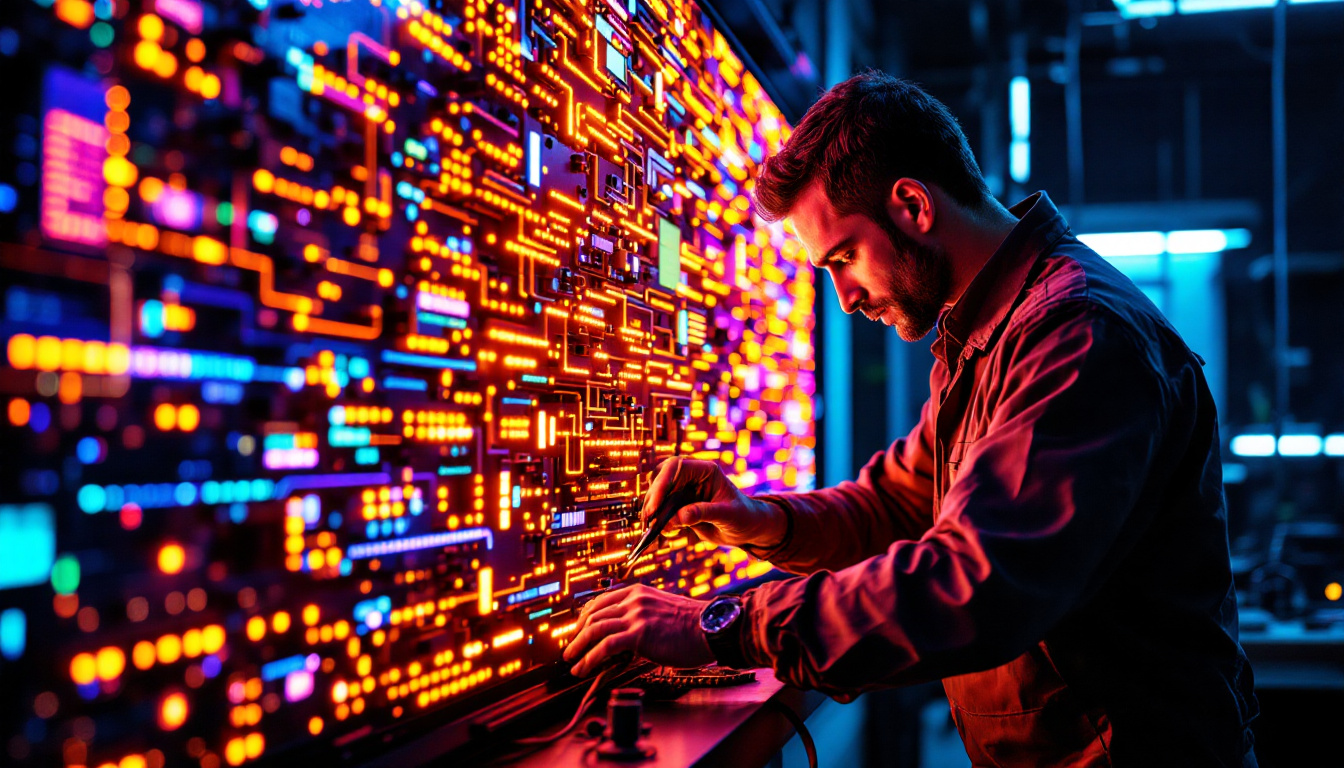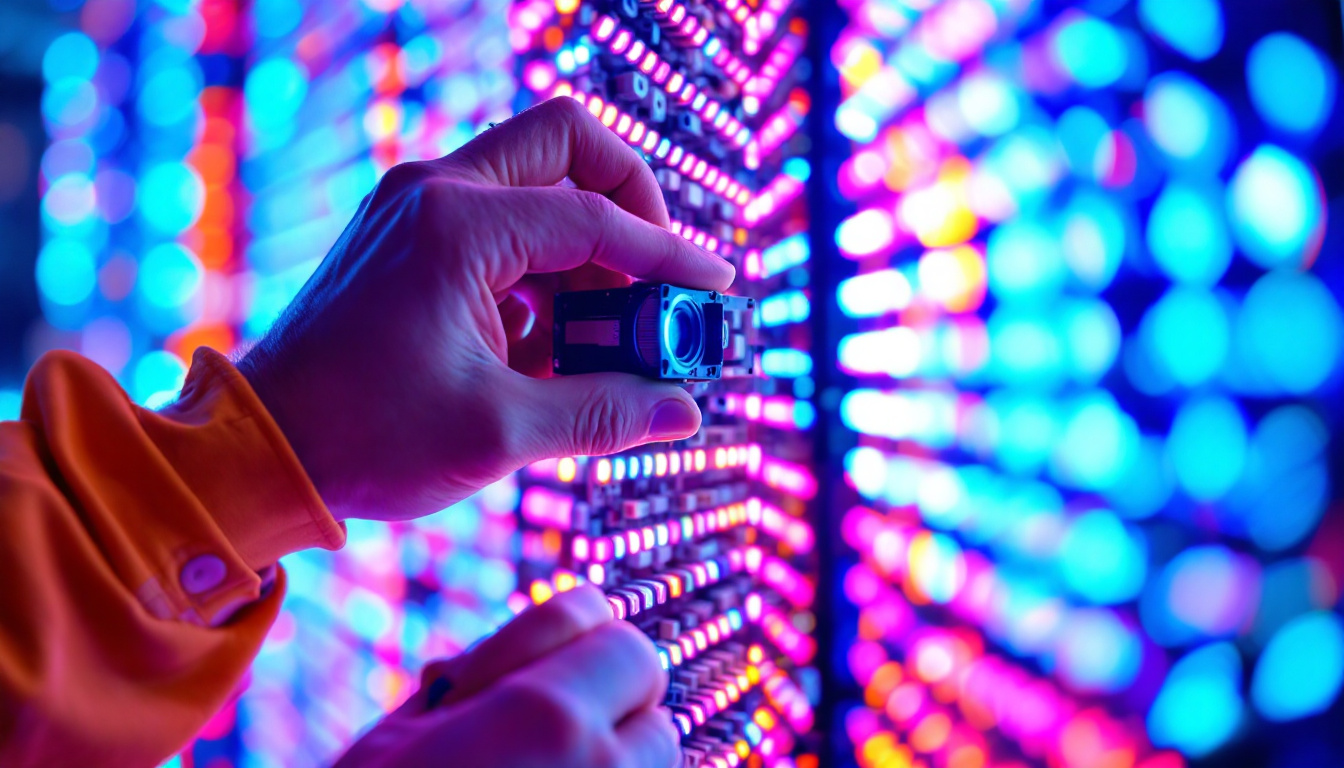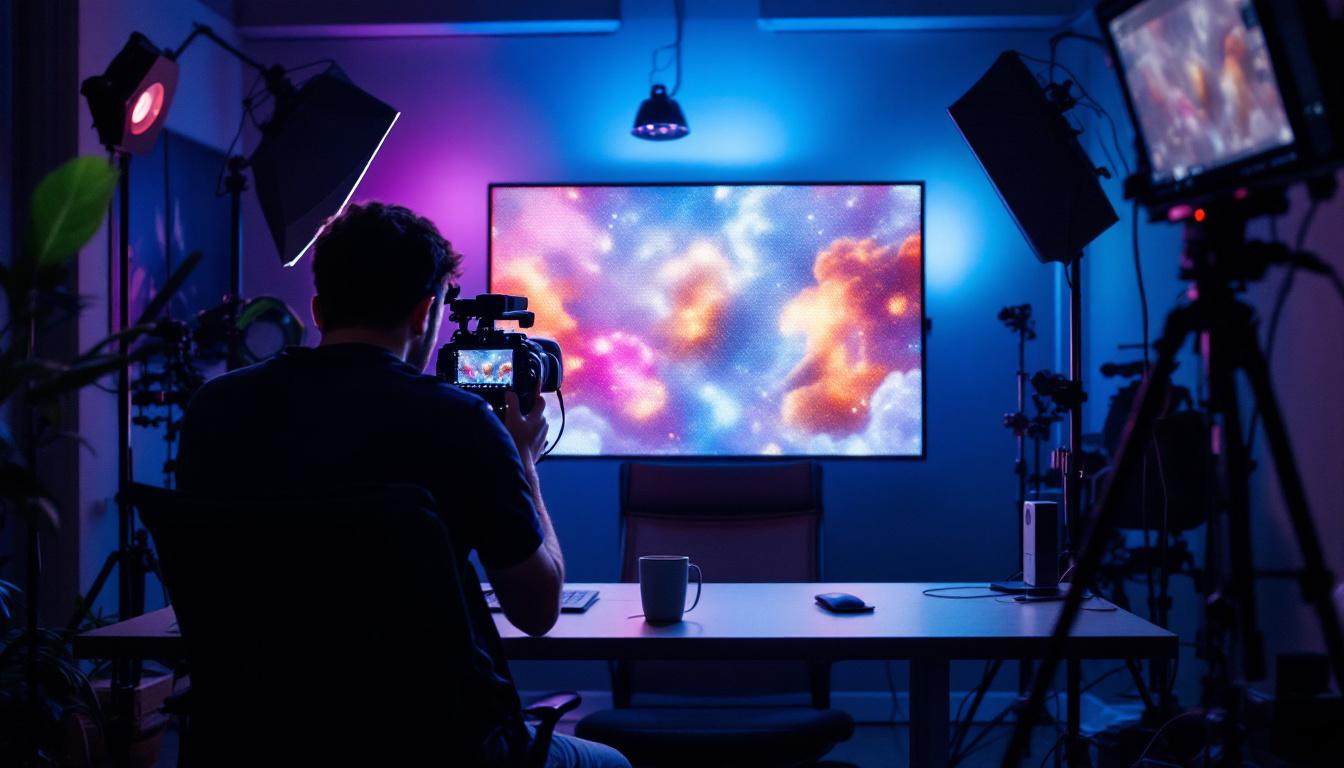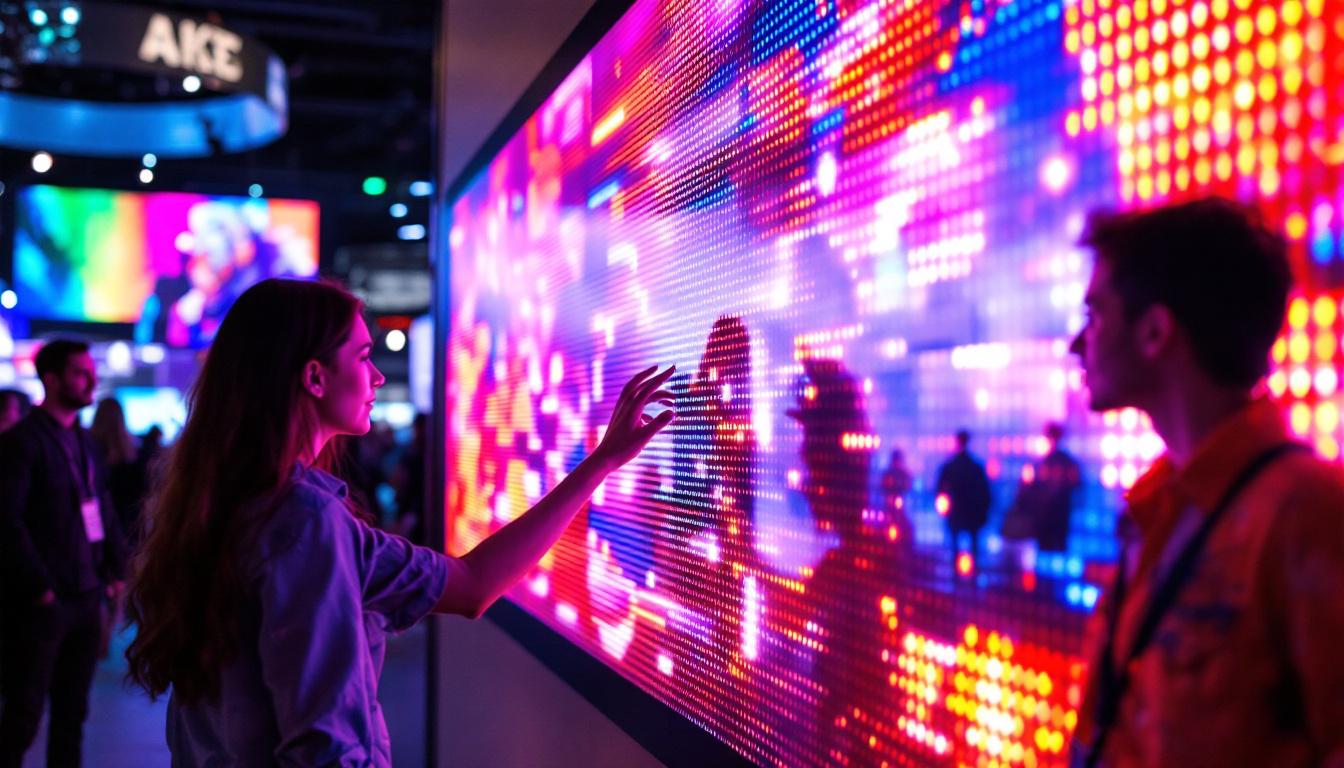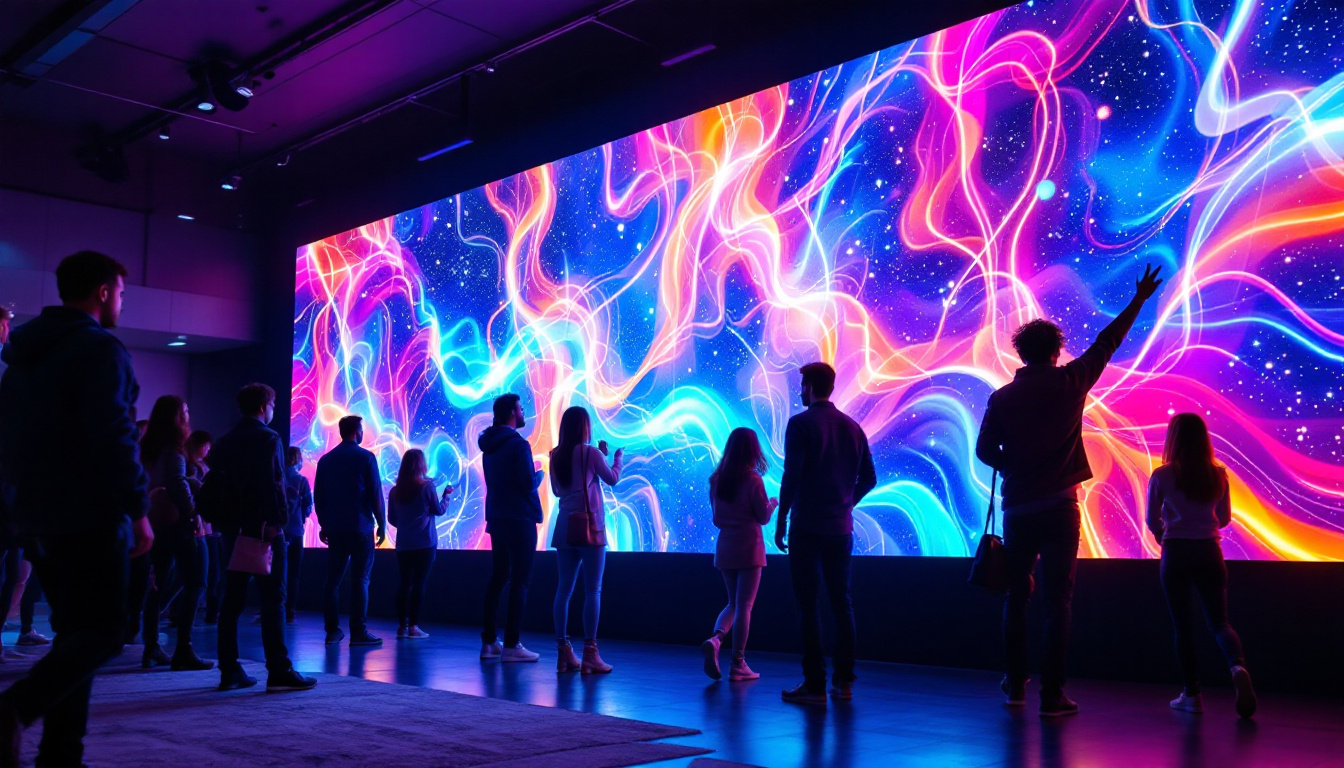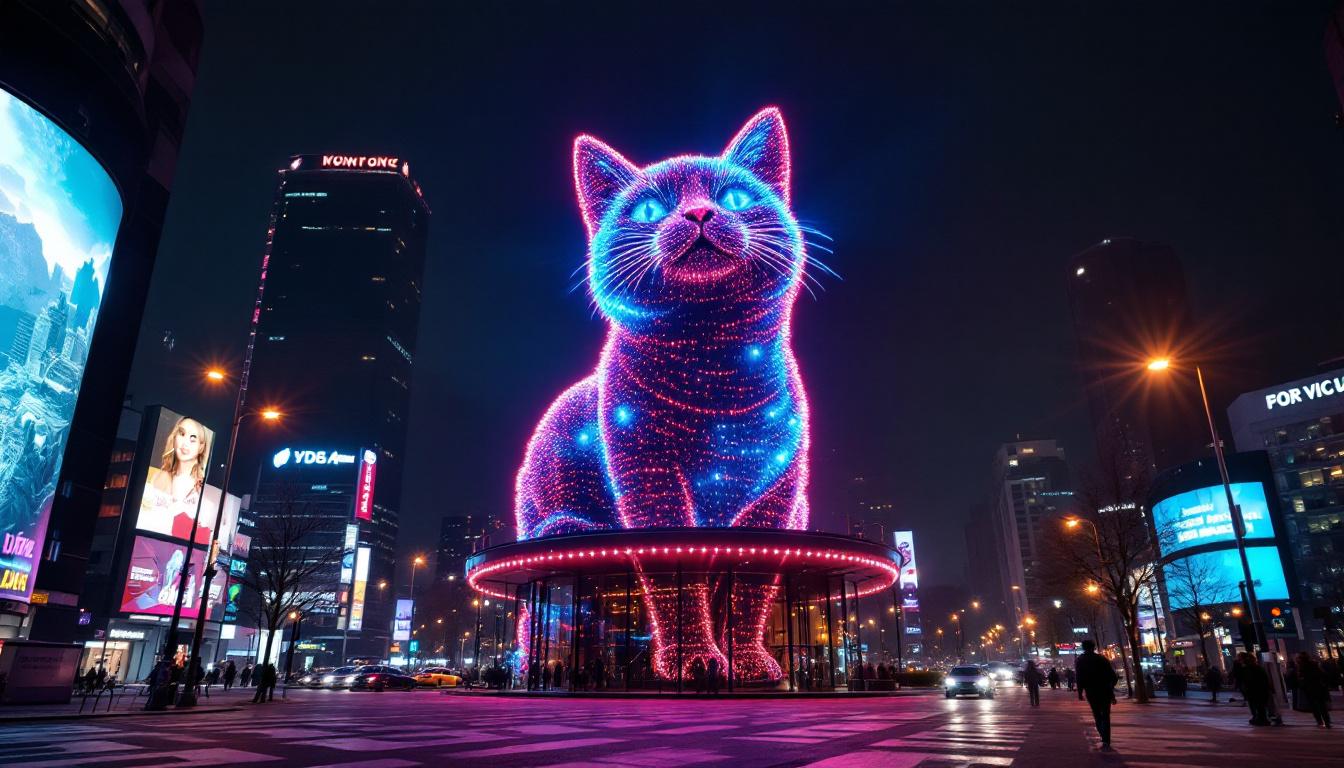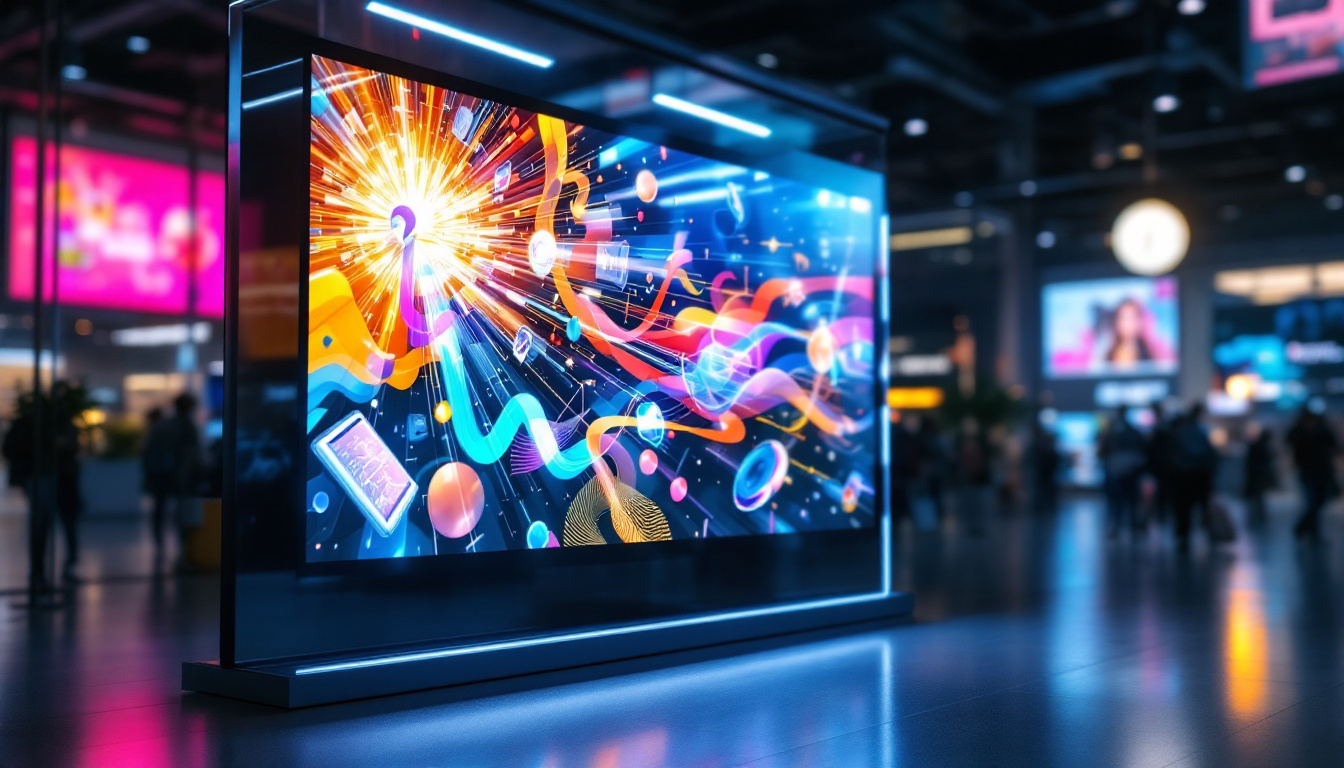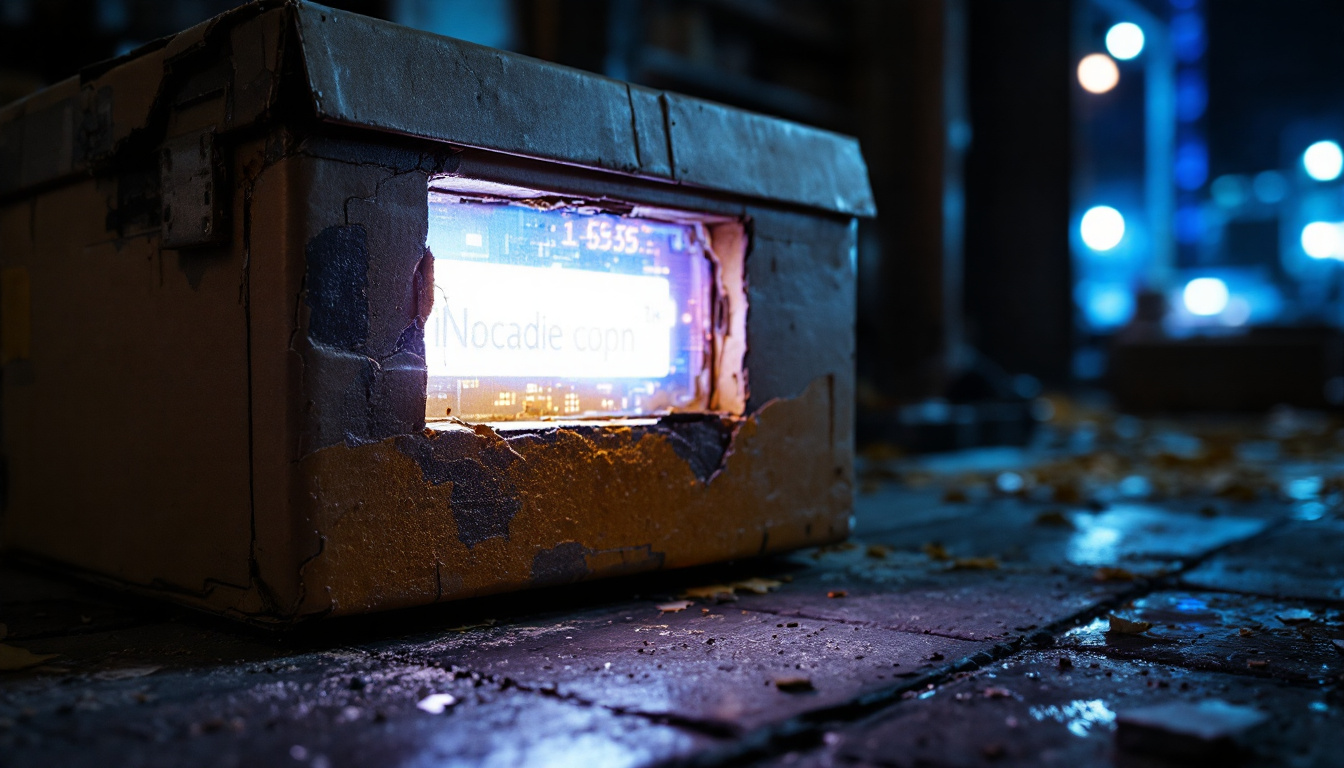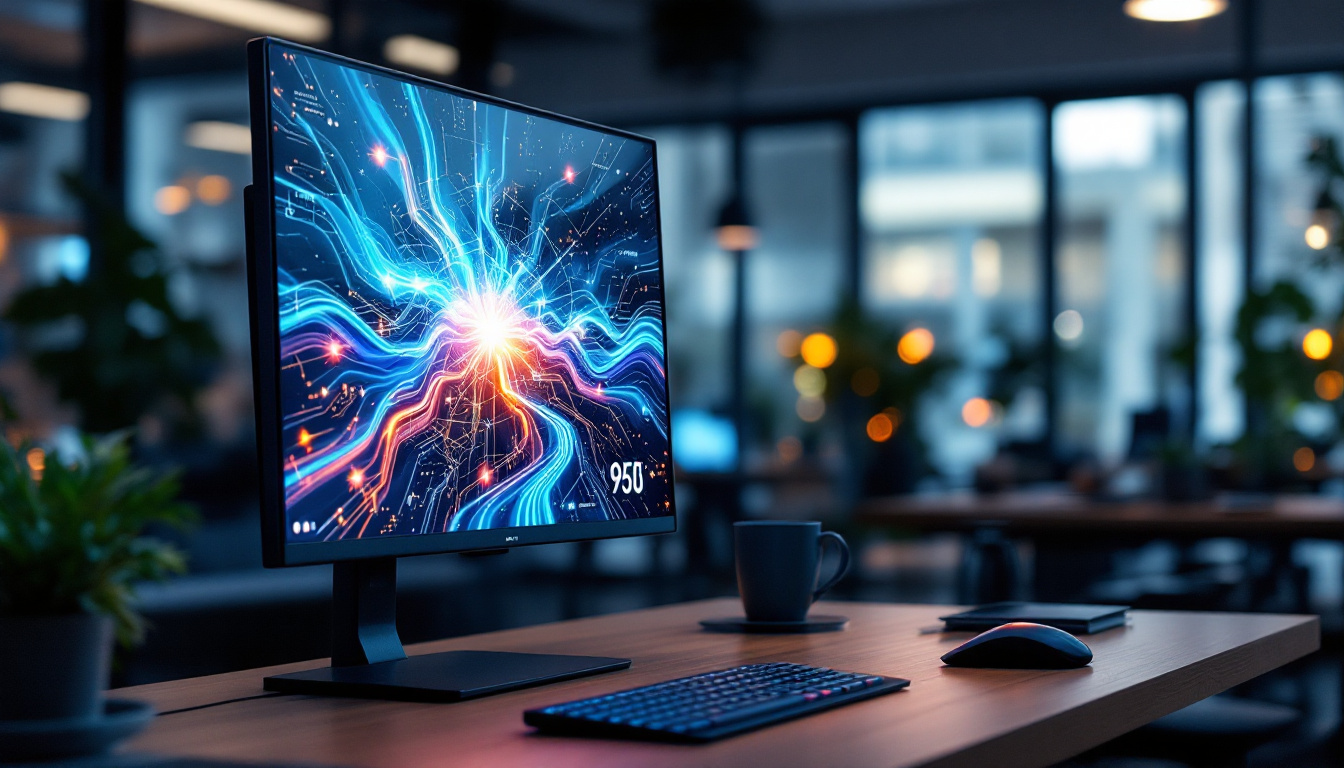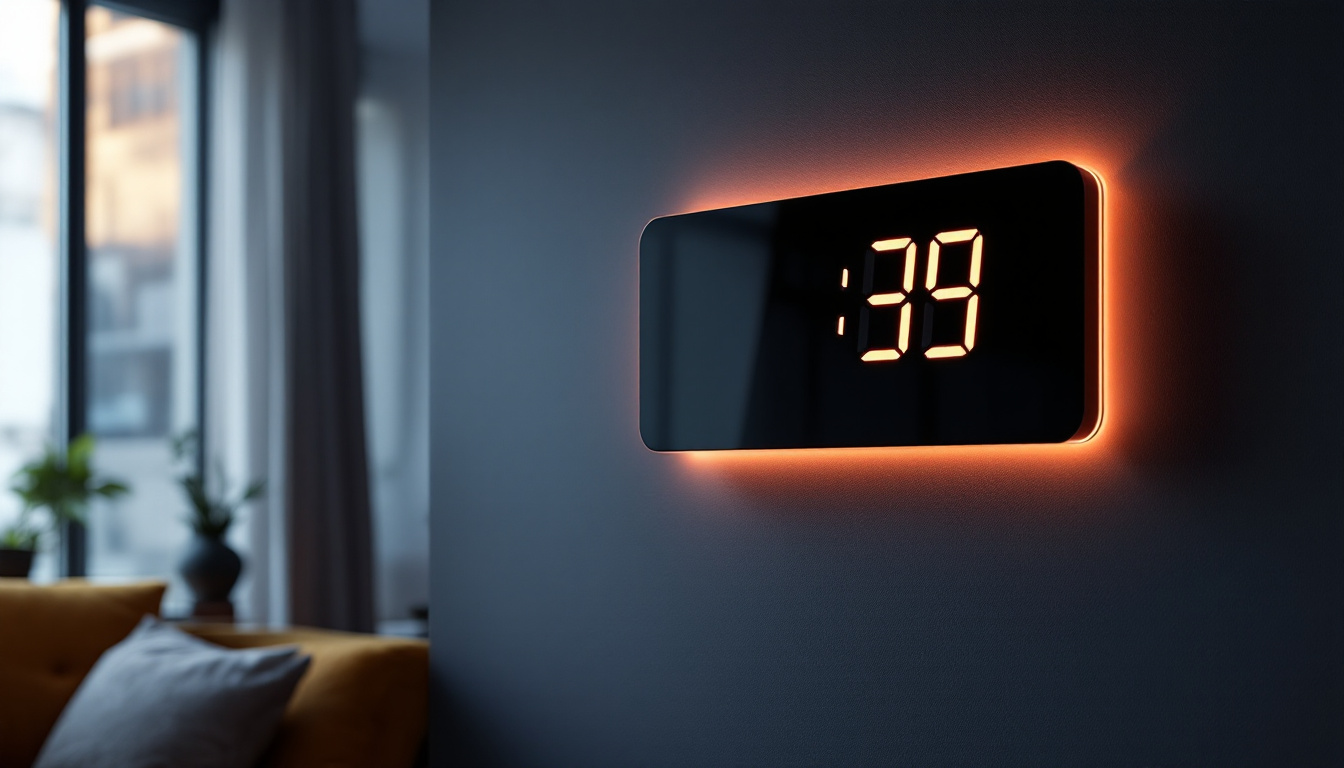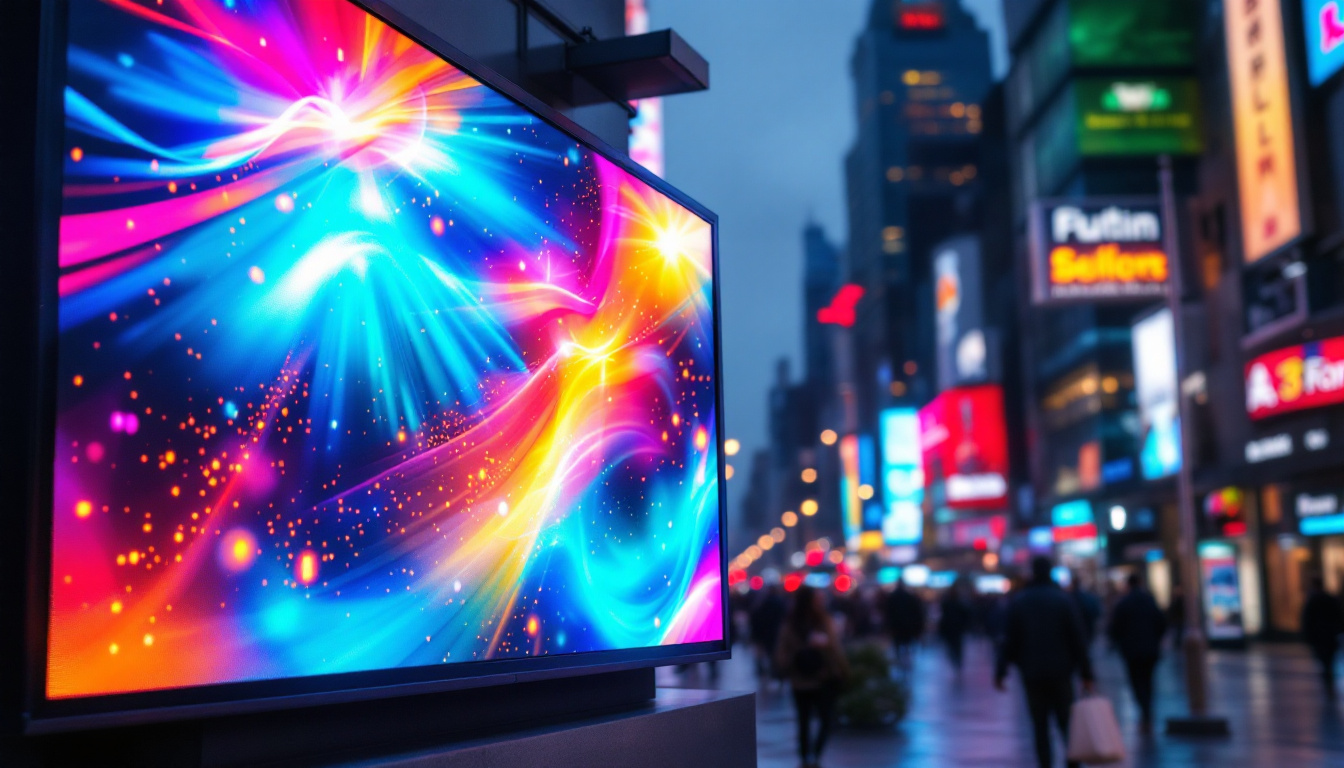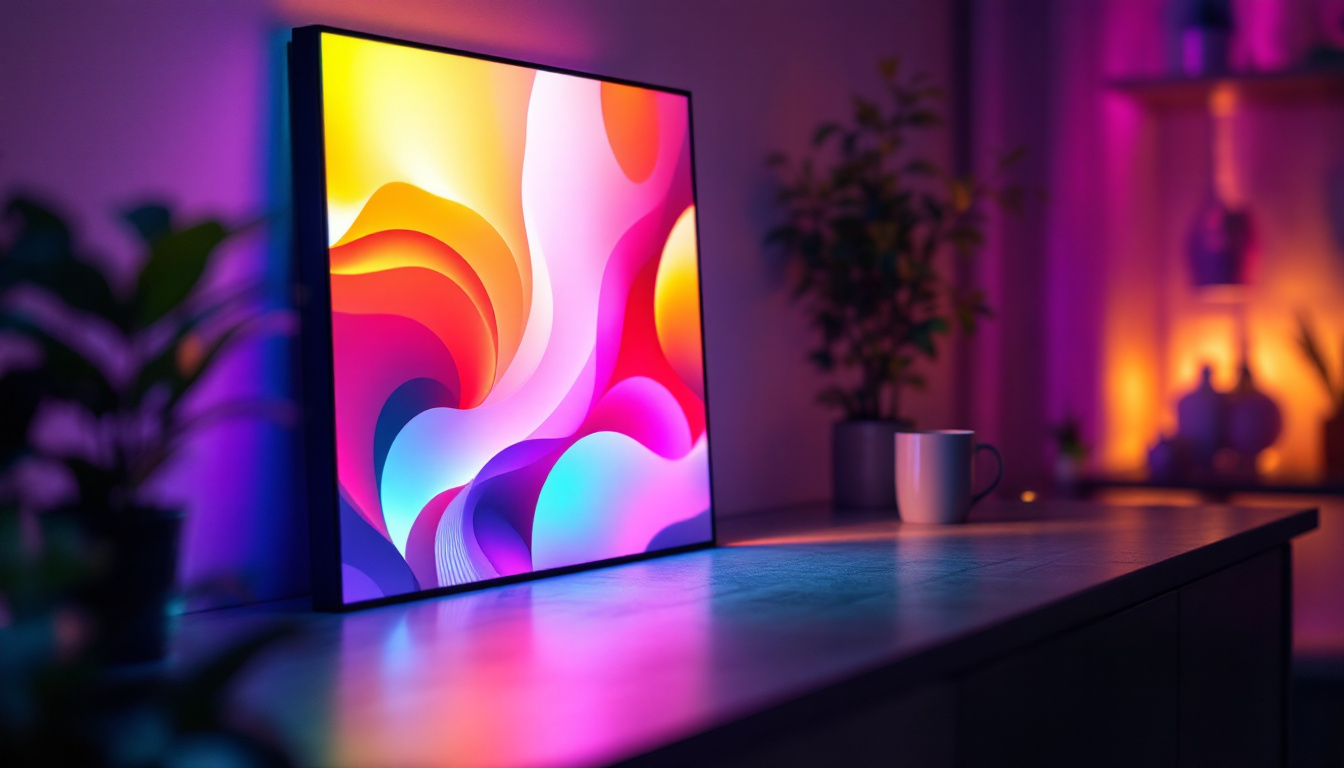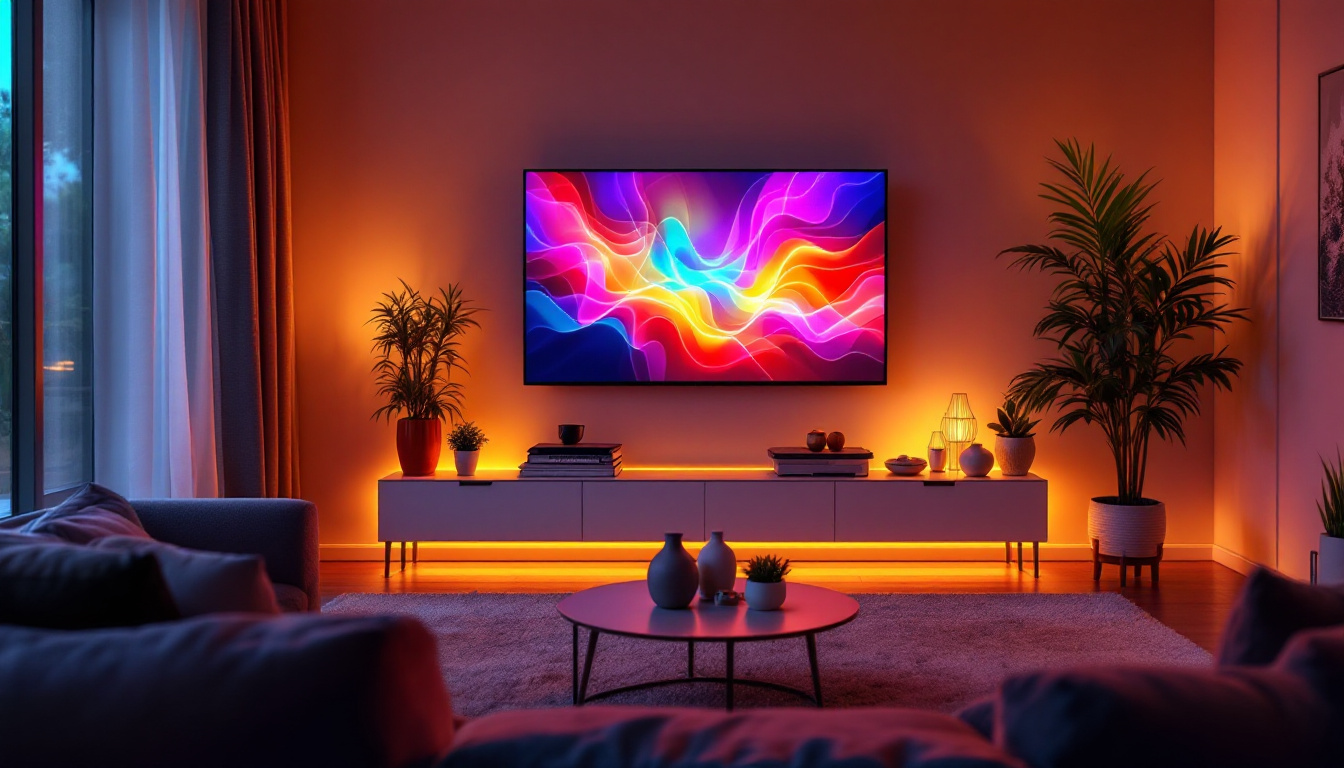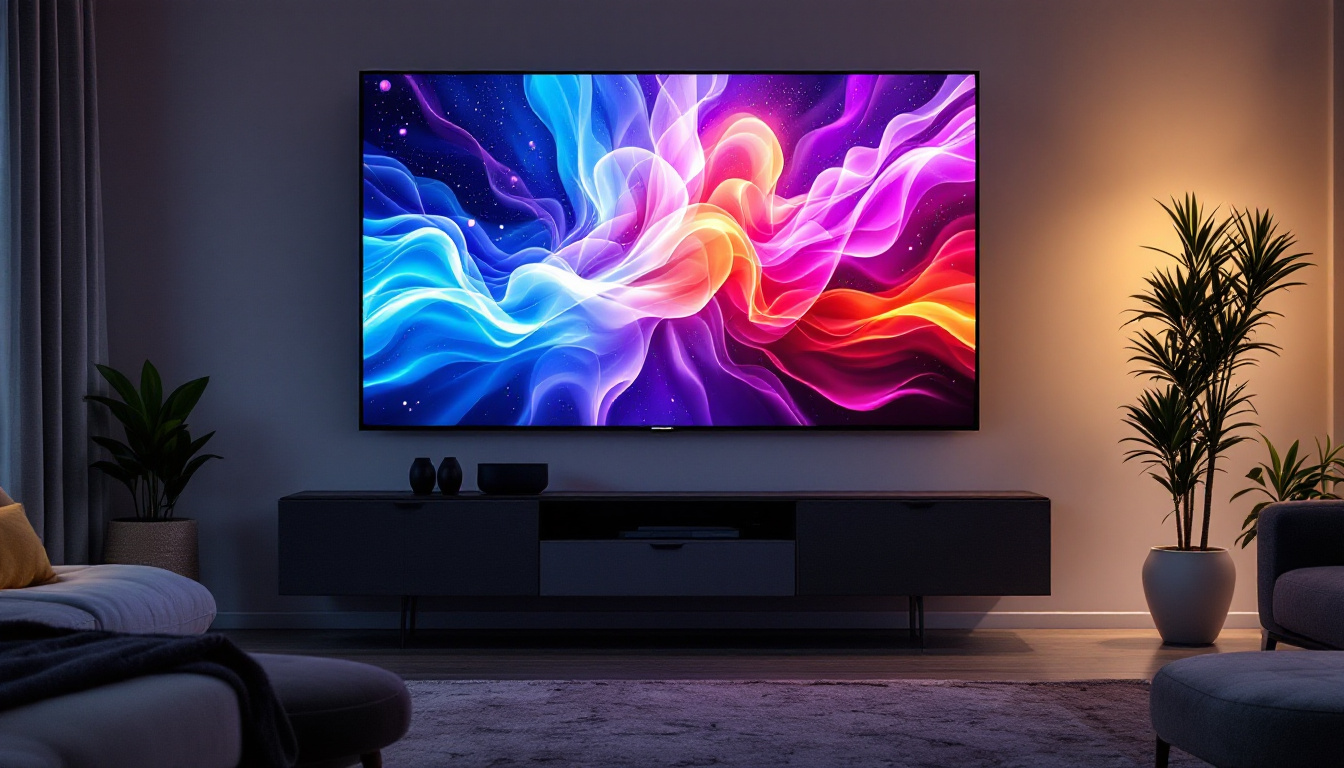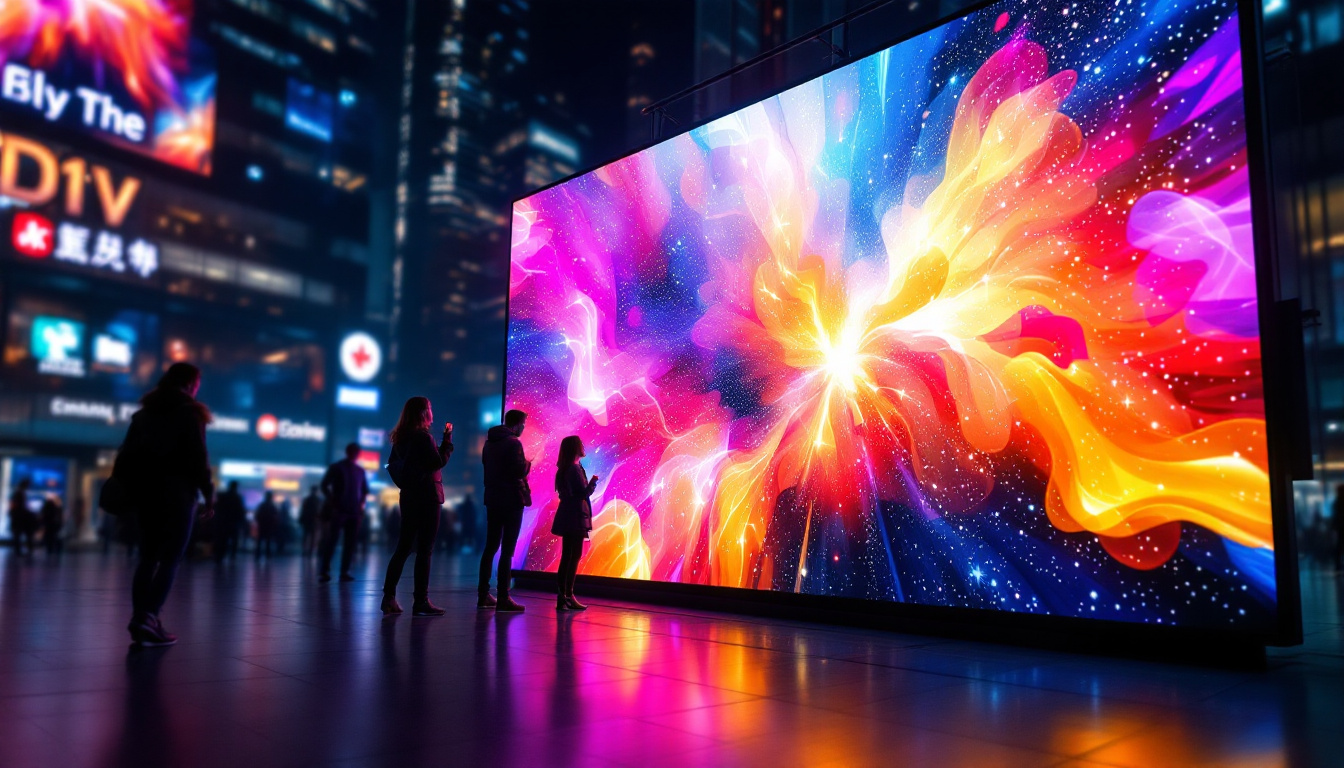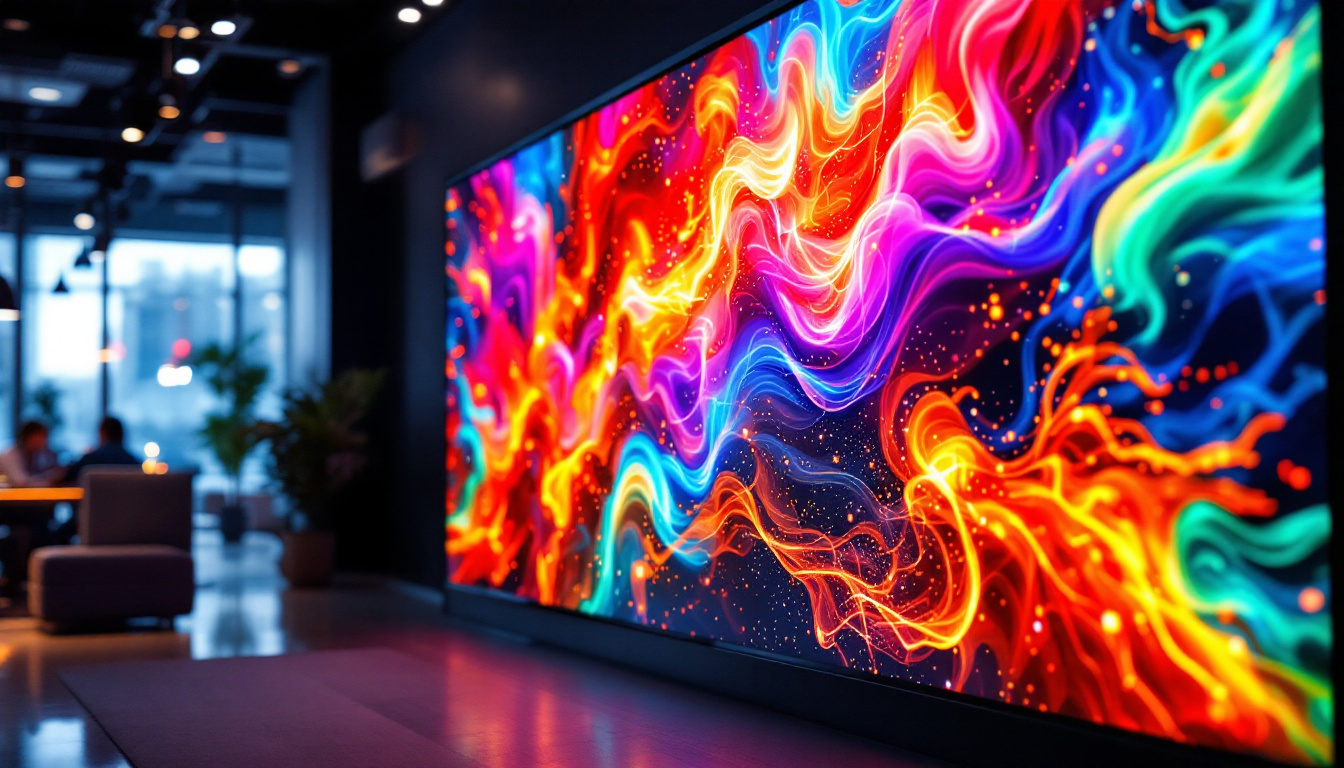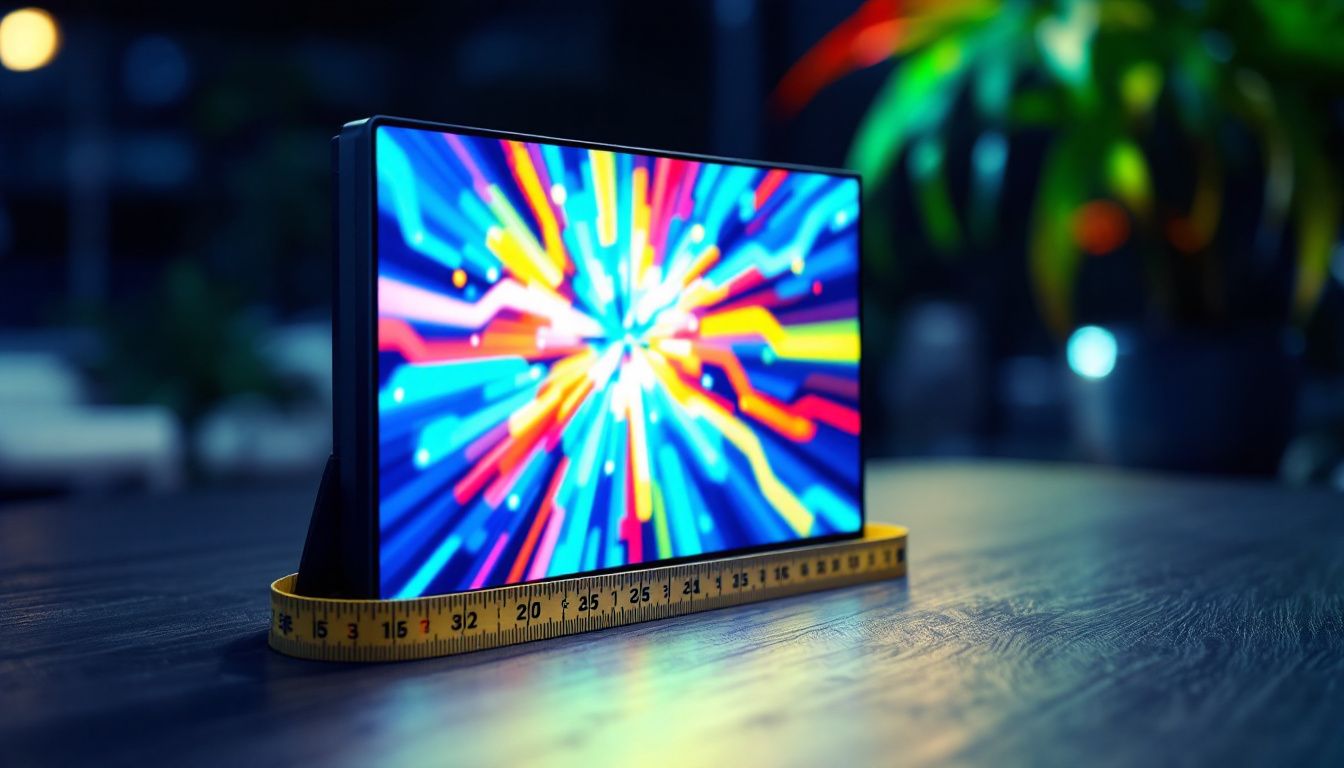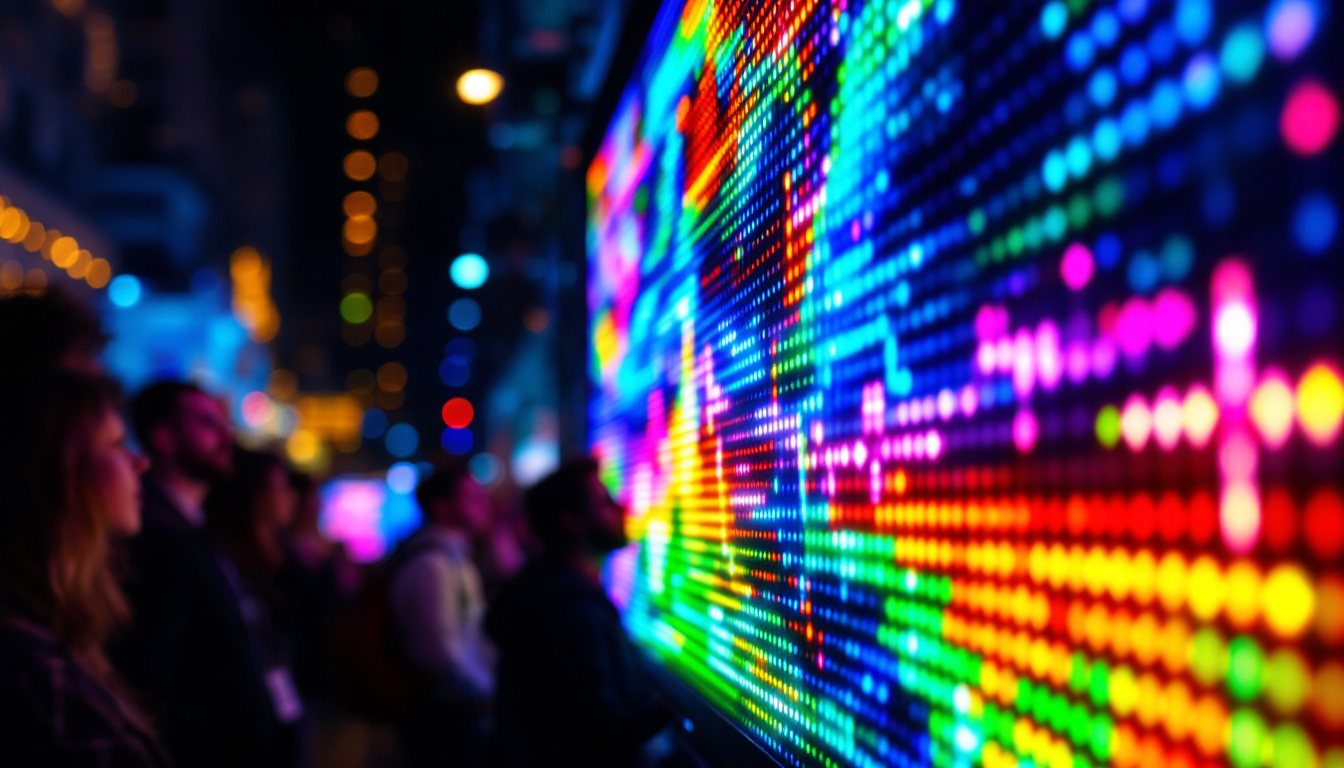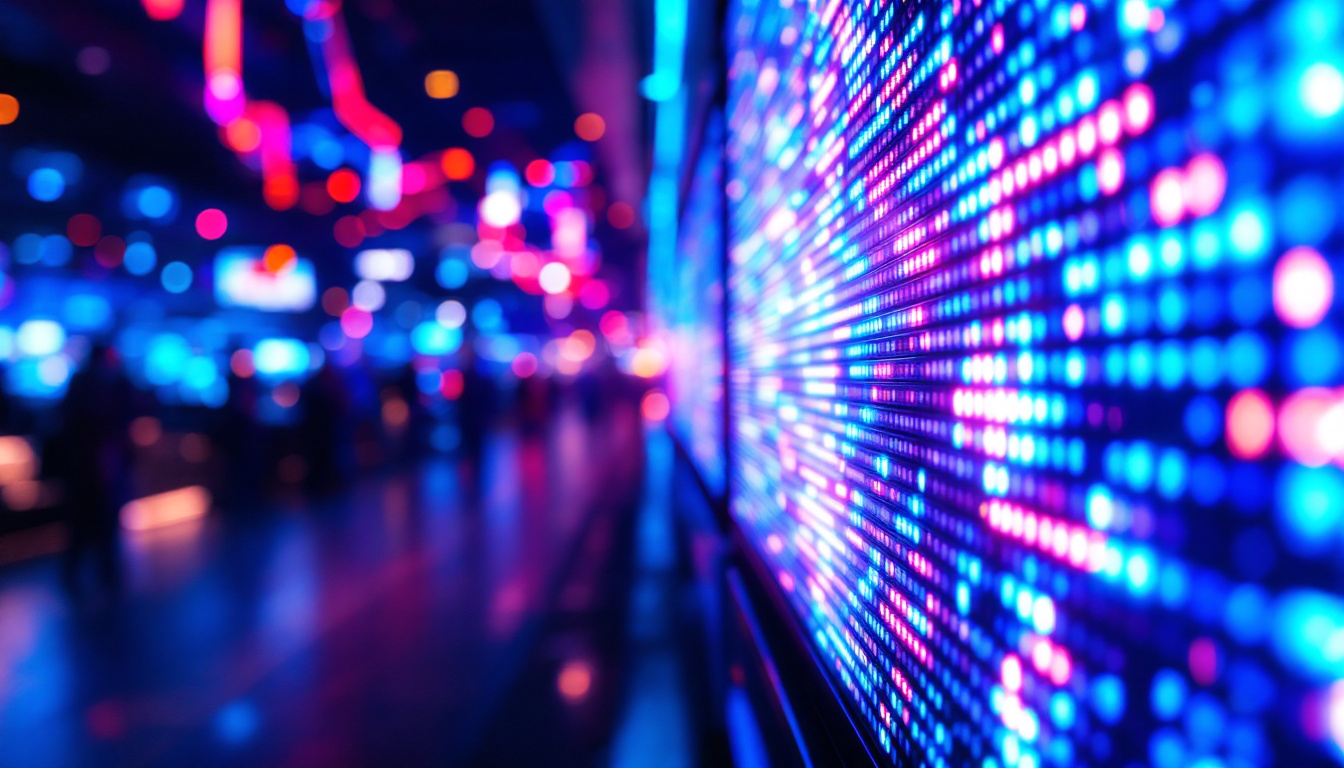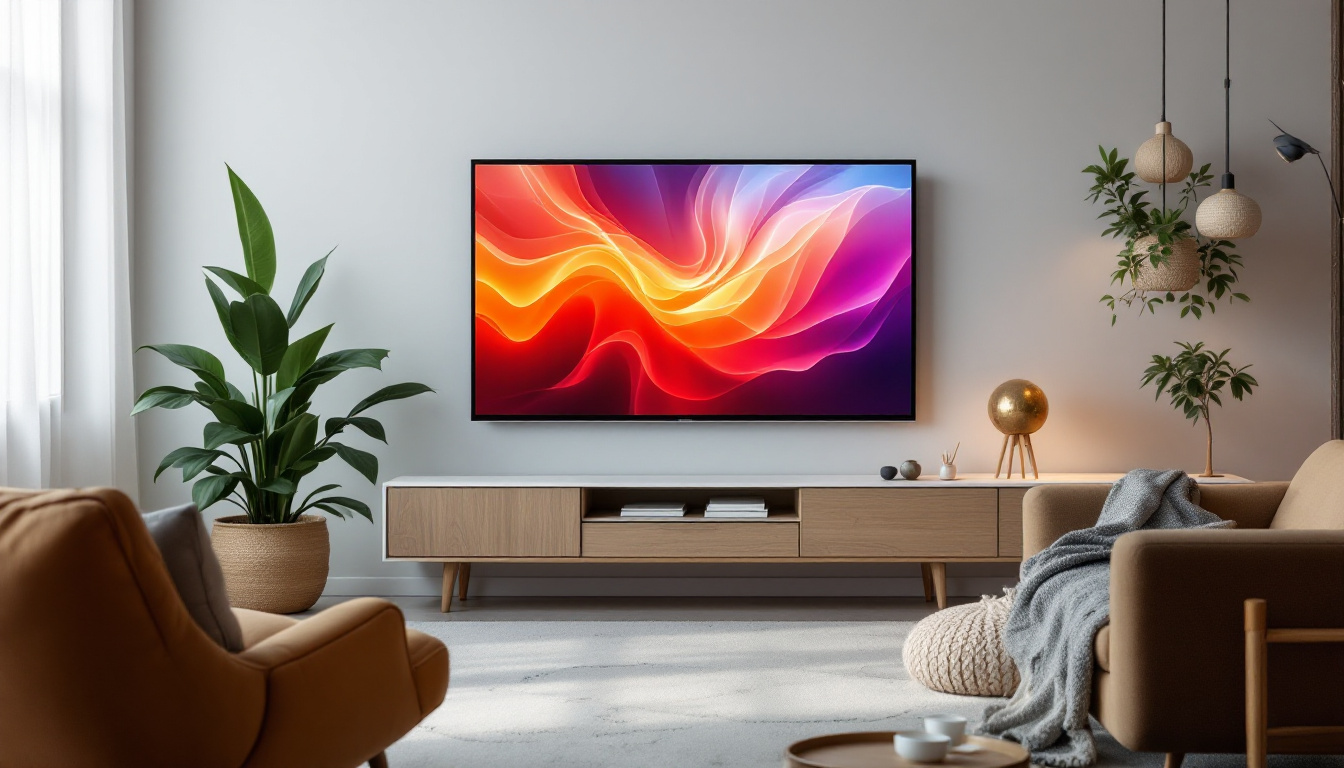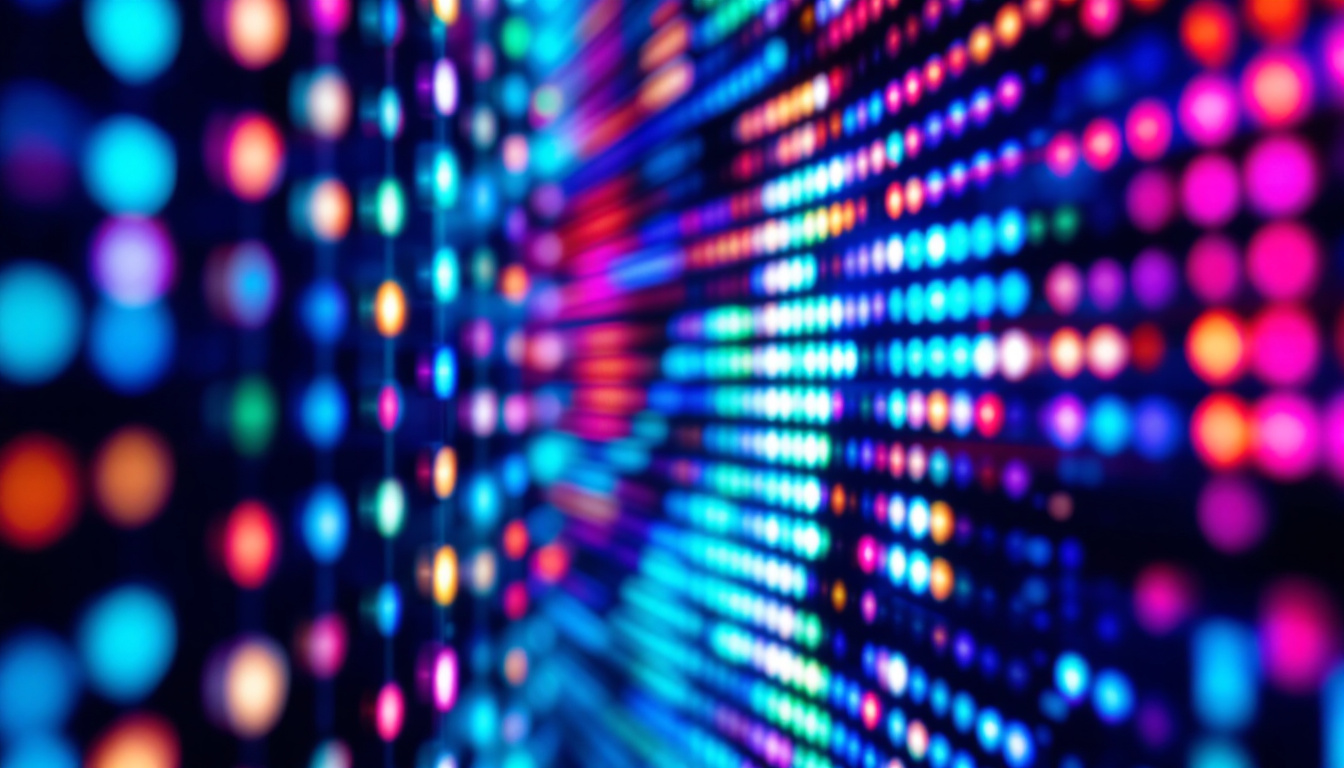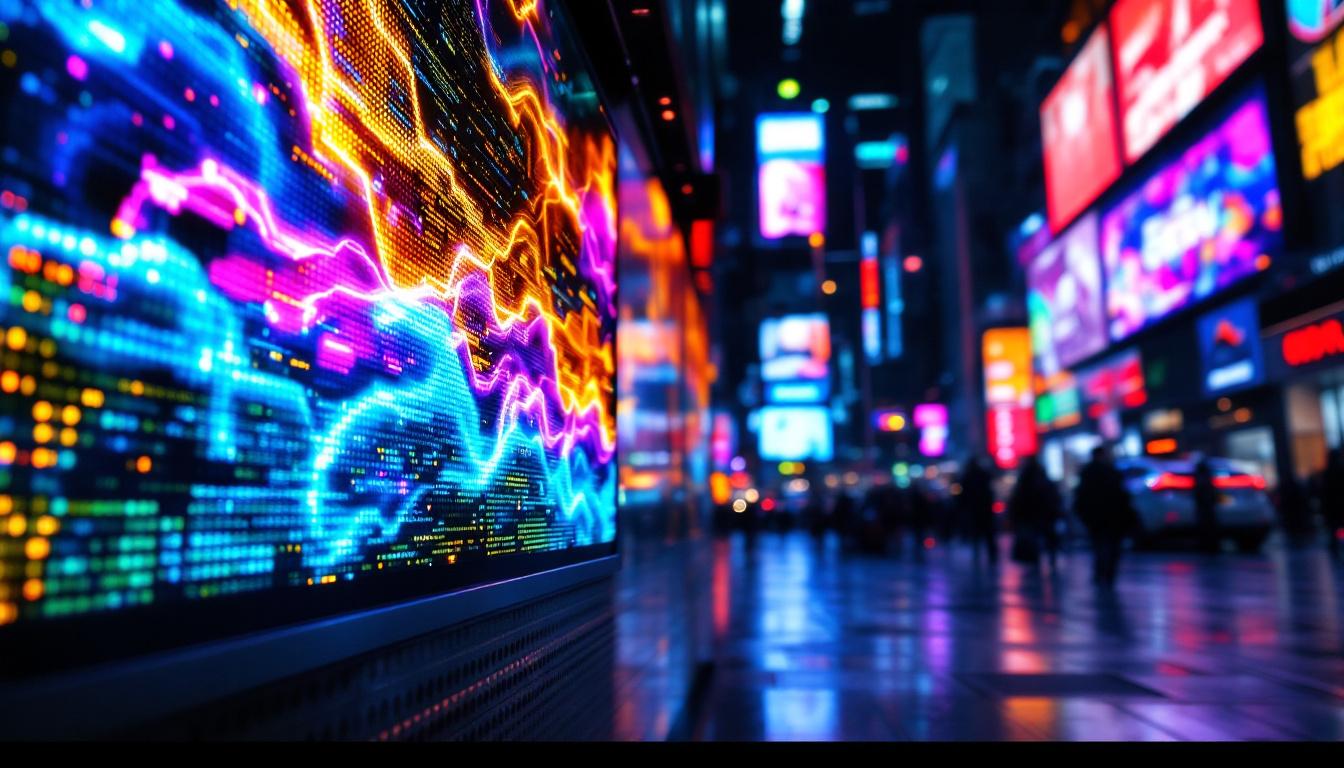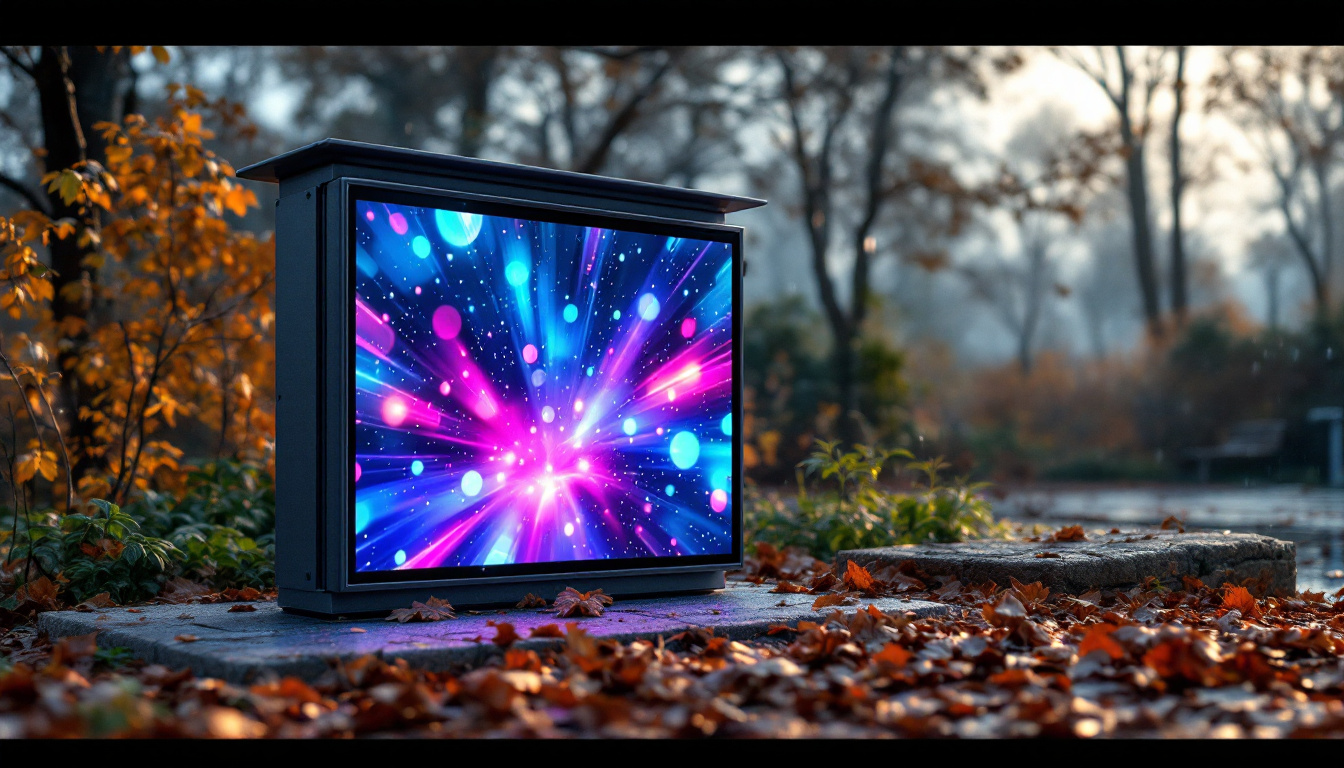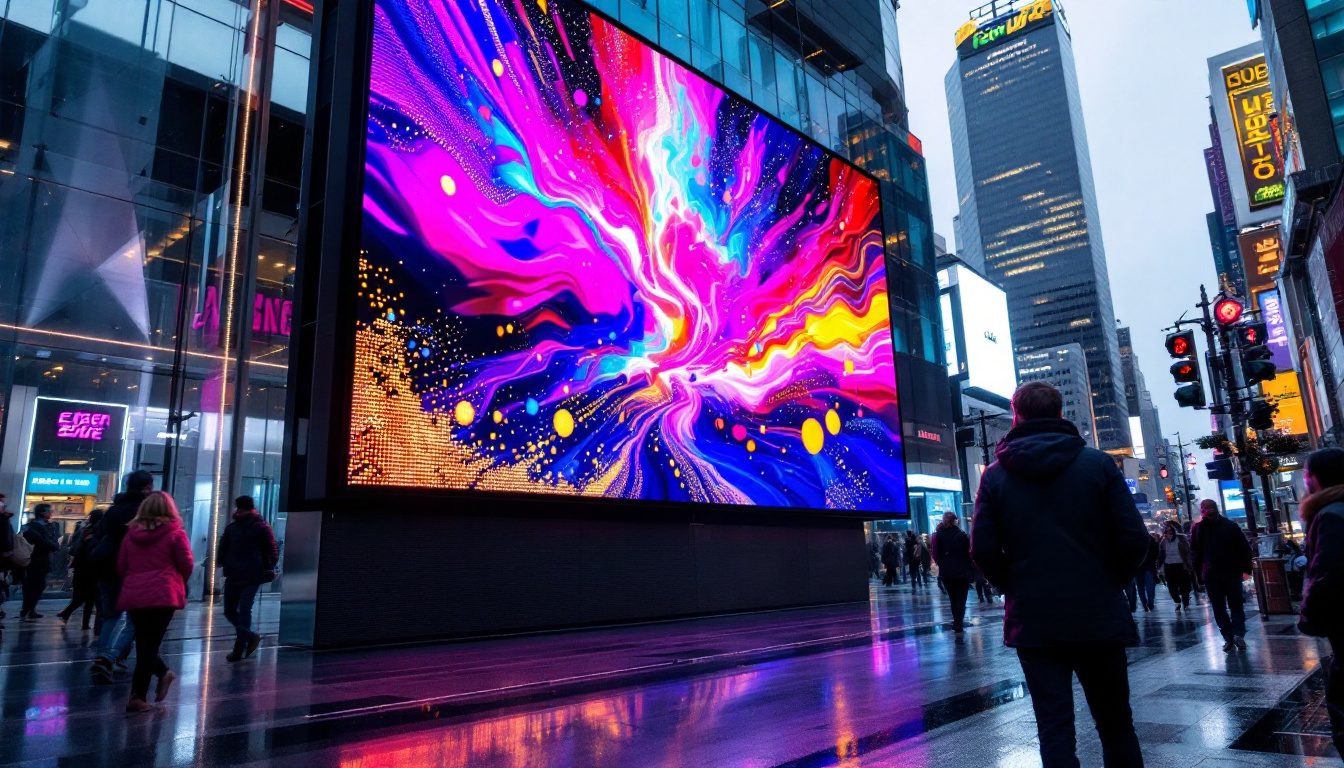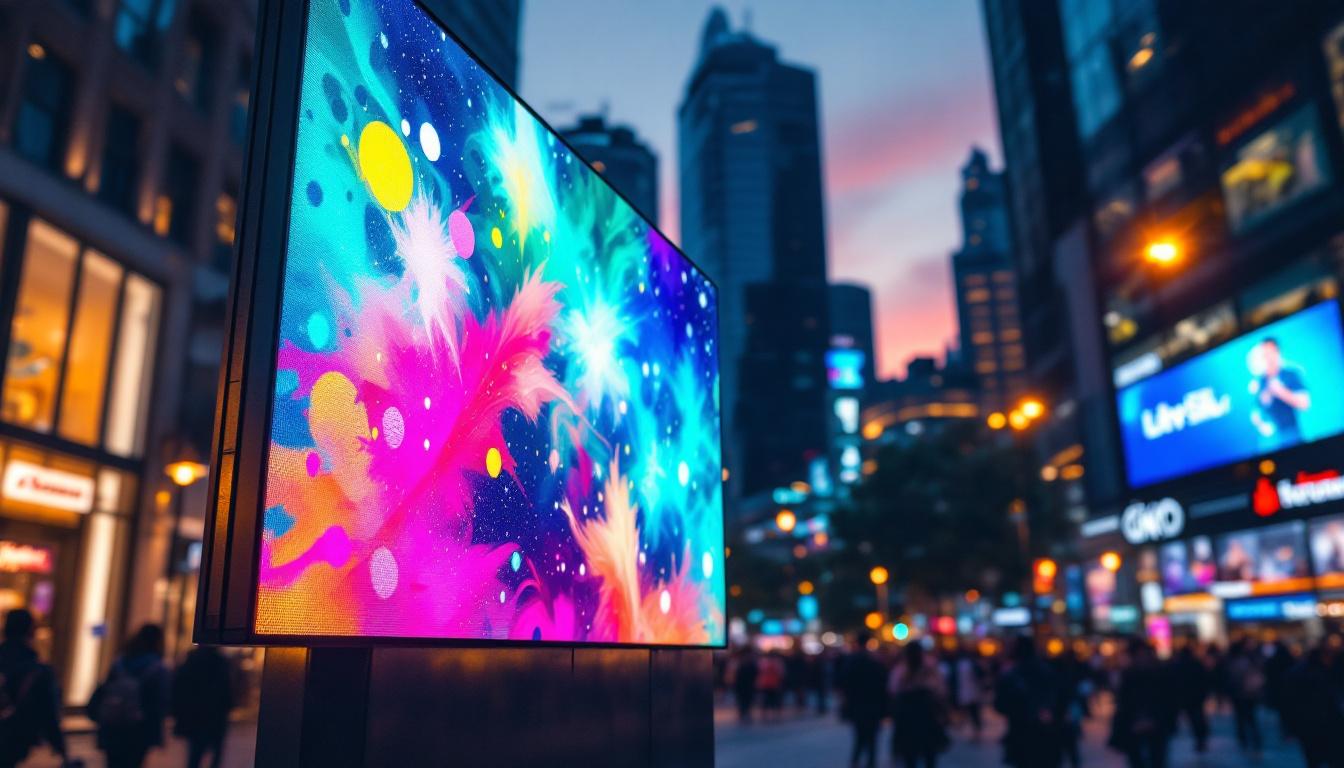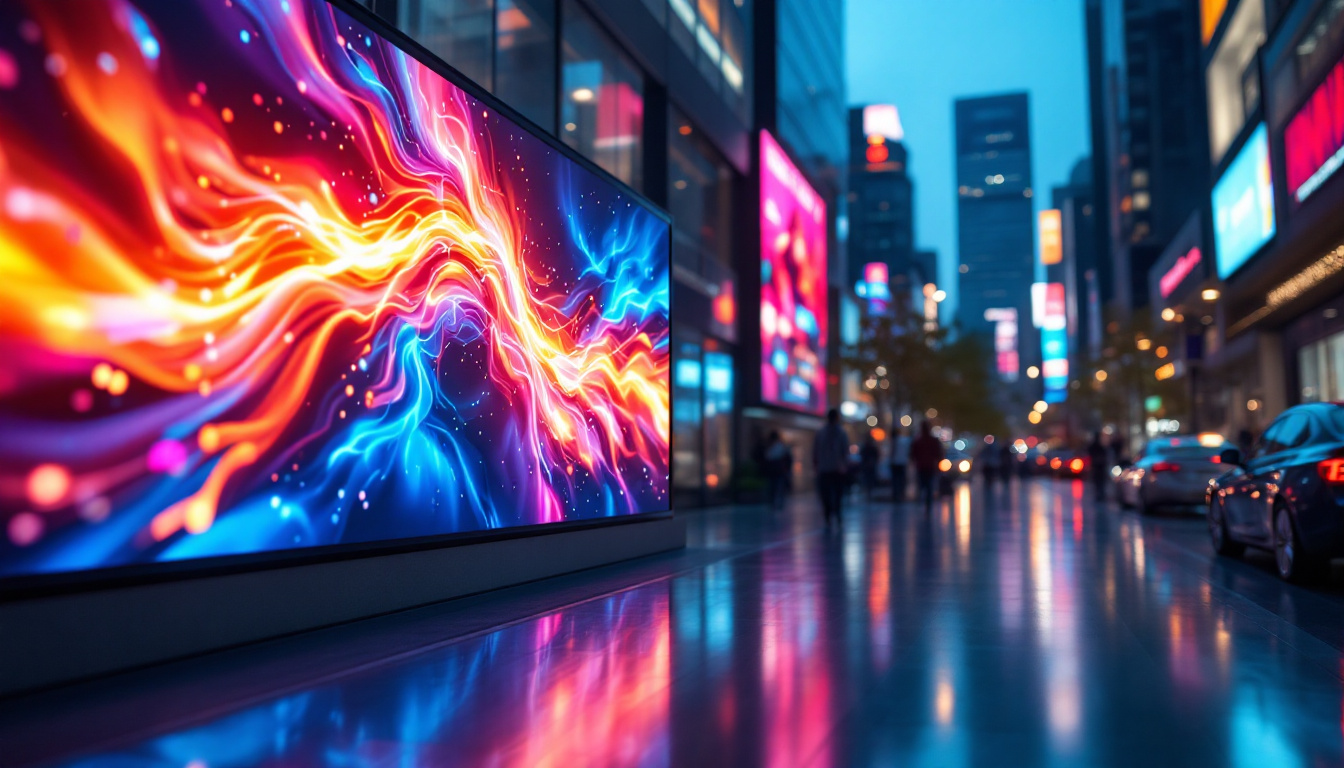In today’s fast-paced technological landscape, LED displays have become a cornerstone of visual communication. From advertising billboards to indoor screens in venues, understanding the intricacies of LED technology is essential for technicians in the field. This article delves into LED technician training, providing insights into the workings of LED displays, the skills required for technicians, and the future of this dynamic industry.
Understanding LED Technology
Light Emitting Diodes (LEDs) are semiconductor devices that emit light when an electric current passes through them. This technology has revolutionized the display industry, offering brighter, more energy-efficient, and longer-lasting solutions compared to traditional display technologies. The adoption of LEDs has not only enhanced visual experiences in various settings but has also contributed to significant energy savings, making them a preferred choice for both commercial and residential applications.
The Basics of LED Operation
At the core of LED technology is the principle of electroluminescence. When electrons recombine with holes within the semiconductor material, energy is released in the form of photons, producing light. The color of the light emitted depends on the materials used in the semiconductor. For instance, different combinations of gallium, arsenic, and phosphorus can create various colors. This versatility in color production allows for a wide range of applications, from simple indicator lights to complex displays that can show millions of colors.
LEDs can be classified into two main categories: individual LEDs and LED modules. Individual LEDs are often used in smaller applications, while modules consist of multiple LEDs arranged in a grid, allowing for larger displays. Understanding these components is crucial for technicians, as it influences installation, maintenance, and troubleshooting processes. Moreover, advancements in technology have led to the development of smart LEDs that can be controlled remotely, enabling dynamic content changes and interactivity, which are increasingly popular in advertising and entertainment.
Types of LED Displays
LED displays come in various forms, each serving different purposes. The most common types include:
- Indoor LED Displays: These are designed for close viewing and typically feature a higher pixel density, providing sharper images and text. They are commonly used in venues such as theaters, conference rooms, and retail spaces where clarity and detail are paramount.
- Outdoor LED Displays: Built to withstand harsh weather conditions, outdoor displays are larger and have a lower pixel density, making them suitable for billboards and signage. These displays often incorporate protective measures against UV rays and moisture, ensuring longevity and durability in various environmental conditions.
- Transparent LED Displays: These innovative displays allow visibility through the screen, making them ideal for retail environments. By blending digital content with physical products, they create an engaging shopping experience that captivates customers while maintaining the aesthetic appeal of the store layout.
Each type of LED display has its own unique characteristics and applications, making it essential for technicians to understand their specific requirements and functionalities. Additionally, the rise of flexible LED technology has opened new avenues for creative display designs, allowing for curved and irregular shapes that can fit into unconventional spaces. This flexibility not only enhances visual impact but also sparks innovation in architectural design and advertising strategies, pushing the boundaries of how we interact with visual media in our daily lives.
Skills Required for LED Technicians
Becoming a proficient LED technician requires a blend of technical knowledge, practical skills, and problem-solving abilities. The following skills are essential for success in this field:
Technical Proficiency
Technicians must possess a solid understanding of electrical engineering principles, including circuit design, voltage, and current calculations. Familiarity with LED technology specifics, such as pixel pitch, brightness levels, and color calibration, is also crucial. This knowledge enables technicians to effectively troubleshoot issues and optimize display performance.
Hands-On Experience
Practical experience is invaluable in LED technician training. Working with various display types and configurations helps technicians develop the necessary skills for installation, maintenance, and repair. This hands-on experience can be gained through internships, apprenticeships, or on-the-job training.
Problem-Solving Abilities
LED technicians often encounter unexpected challenges during installations or maintenance. The ability to think critically and troubleshoot problems efficiently is essential. This includes diagnosing issues related to hardware, software, and connectivity, as well as implementing effective solutions.
Training Programs and Certifications
Formal training programs and certifications play a vital role in preparing technicians for the demands of the LED industry. Various organizations offer courses tailored to different skill levels, from beginners to advanced technicians.
Types of Training Programs
Training programs can vary significantly in scope and duration. Some common types include:
- Online Courses: These provide flexibility for learners, allowing them to study at their own pace while covering essential topics related to LED technology.
- In-Person Workshops: Hands-on workshops offer practical experience and direct interaction with instructors, fostering a deeper understanding of the material.
- Certification Programs: Many organizations offer certifications that validate a technician’s knowledge and skills in LED technology, enhancing their employability.
Industry Certifications
Obtaining industry-recognized certifications can significantly enhance a technician’s career prospects. Certifications may cover various aspects of LED technology, including installation, maintenance, and troubleshooting. Some well-known certifications include:
- Certified LED Technician (CLT): This certification focuses on the fundamentals of LED technology and practical skills required for installation and maintenance.
- Certified Display Technician (CDT): A more advanced certification that delves into complex display systems and troubleshooting techniques.
Installation and Maintenance Best Practices
Proper installation and maintenance are critical for ensuring the longevity and performance of LED displays. Technicians must adhere to best practices to avoid common pitfalls and ensure optimal functionality.
Installation Guidelines
When installing LED displays, several guidelines should be followed:
- Site Assessment: Conduct a thorough assessment of the installation site to determine the best location, considering factors such as visibility, accessibility, and environmental conditions.
- Structural Support: Ensure that the mounting structure can support the weight and dimensions of the LED display. This may involve consulting with structural engineers.
- Cabling and Connectivity: Use high-quality cables and connectors to ensure reliable data and power transmission. Proper cable management is also essential to avoid interference and damage.
Maintenance Procedures
Regular maintenance is vital for maximizing the lifespan of LED displays. Technicians should implement the following procedures:
- Routine Inspections: Schedule regular inspections to identify potential issues before they escalate. This includes checking for dead pixels, color inconsistencies, and physical damage.
- Cleaning: Dust and debris can accumulate on LED displays, affecting image quality. Use appropriate cleaning solutions and techniques to maintain clarity and brightness.
- Software Updates: Keep the display’s software up to date to ensure optimal performance and security. This may involve installing patches or updates provided by the manufacturer.
Troubleshooting Common Issues
Despite best efforts, issues may arise with LED displays. Technicians should be prepared to troubleshoot common problems effectively.
Identifying Display Failures
Common display failures include:
- Dead Pixels: Isolated pixels that do not light up can be caused by hardware failures or poor connections. Technicians should test the connections and, if necessary, replace the affected LED module.
- Color Inconsistencies: Variations in color can result from incorrect calibration or faulty components. Technicians should recalibrate the display and check for any damaged parts.
- Flickering or Dimming: This may indicate power supply issues or faulty wiring. Inspect the power supply and connections to identify the source of the problem.
Utilizing Diagnostic Tools
Various diagnostic tools can assist technicians in troubleshooting LED displays. These may include:
- Multimeters: Essential for measuring voltage, current, and resistance, helping to identify electrical issues.
- Software Diagnostic Tools: Many LED displays come with proprietary software that can diagnose and report issues, streamlining the troubleshooting process.
The Future of LED Technology
The LED display industry is continuously evolving, driven by advancements in technology and changing consumer demands. Understanding these trends is crucial for technicians looking to stay relevant in the field.
Emerging Trends
Several emerging trends are shaping the future of LED technology:
- Higher Resolution Displays: As consumer expectations for image quality increase, the demand for higher resolution displays, such as 4K and 8K, is on the rise.
- Flexible and Transparent Displays: Innovations in materials are leading to the development of flexible and transparent LED displays, opening new possibilities for creative applications.
- Smart Displays: Integration with IoT technology is enabling smarter displays that can adapt to their environment and user interactions, enhancing user experiences.
Career Opportunities in the LED Industry
As the LED industry continues to grow, so do the career opportunities for technicians. Potential career paths include:
- Installation Specialist: Focused on the installation of LED displays in various settings, from retail to outdoor advertising.
- Maintenance Technician: Responsible for the ongoing maintenance and troubleshooting of LED displays to ensure optimal performance.
- Sales and Support: Providing technical support and sales expertise to clients looking to invest in LED technology.
Conclusion
LED technician training is essential for anyone looking to excel in the rapidly evolving world of LED displays. With a solid understanding of LED technology, practical skills, and a commitment to ongoing learning, technicians can navigate the complexities of this industry and contribute to its future growth. As technology continues to advance, the demand for skilled technicians will only increase, making this a promising career path for those interested in the field.
By embracing the principles of LED technology, honing essential skills, and staying abreast of industry trends, technicians can position themselves as valuable assets in the world of visual communication.
Discover LumenMatrix’s Advanced LED Solutions
Ready to take the next step in your LED technology journey? Explore LumenMatrix’s comprehensive range of LED display modules, designed to elevate your visual communication to new heights. Whether you’re interested in Indoor LED Walls, Outdoor Displays, or innovative solutions like Transparent and Custom LED Displays, LumenMatrix has you covered. Experience the future of digital signage and create immersive experiences that captivate your audience. Check out LumenMatrix LED Display Solutions today and see how our commitment to excellence can enhance your brand’s visibility.

